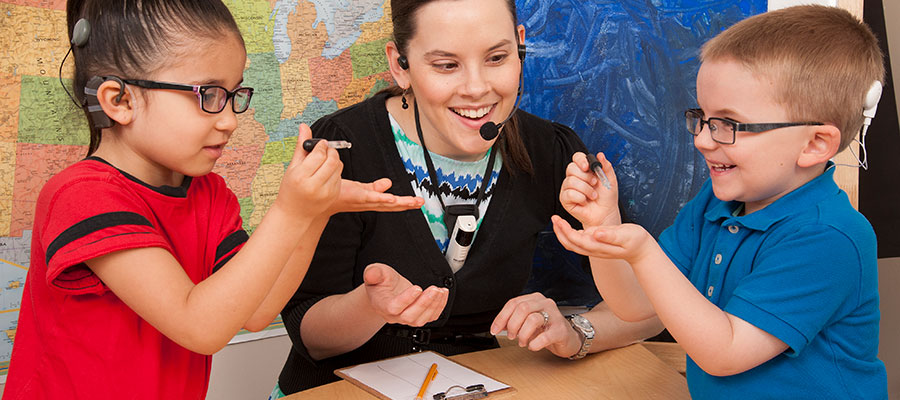The writing "Literacy with an Attitude" by Patrick J. Finn explains the importance of literacy in students throughout all ages. He talks about the different types of literacy that is taught and the outcome of both types in the student's lives.
Quote 1: “My explanation of why literacy is not seen as dangerous among the working people and unemployed of the United States is that we have developed two kinds of education. First, there is empowering education, which leads to powerful literacy, the kind of literacy that leads to positions of power and authority. Second, there is domestication education, which leads to functional literacy, literacy that makes a person productive and dependable, but not troublesome (p1 of preface.)"
As talked about in my introduction, the author believes in two different types of education leading to different types of literacy. The empowering education style leads to powerful literacy, allowing for positions of power and authority. Then there is domestication education, which allows for functional literacy, making the learning productive and dependable. The first type, empowering education, can be seen as dangerous because it is all about power and authority. This shows students that the high importance in life is power and hierarchy. The second type, domestication education, shows students that there is more than just power in the world. It teaches students about other qualities like respectability, knowledgeability, competence, as well as being productive and dependable.
Quote 2: “So they could see what could be done to our students (p5.)"
This is when the teacher is talking about administrators showing visitors his classroom as his students excel. The author shows what students in the school could be like. He shows his students love and support which in turn shows the students engagement for their learning. If all teachers were to be like this, there would be huge improvement. However, it is very hard to find teachers who are this enthusiastic about their career. The more enthusiastic the teacher is the more enthusiastic the students will be about their own learning and education.
Quote 3: "Teachers made derogatory remarks regarding the students… Only twice did Anyon hear a teacher say ‘please’ to a student in an unsarcatic tone. She heard ‘shut up’ frequently (p11.)"
This section of the book reminded me of Kohn's reading, "What to Look for in the Classroom." Kohn's list of Good Signs is highlighted in this reading as there are different details in her school and grade level. There is a different dynamic in each and every school. It is important to be aware of this as a future educator to notice the details in each school. The dynamic of each school, classroom, grade level greatly affects each student's education.
Reflection: What have you noticed in your classroom and school site that clearly shows an impact in the students' education?
Classroom Dynamics for Enhanced Teaching and Learning






